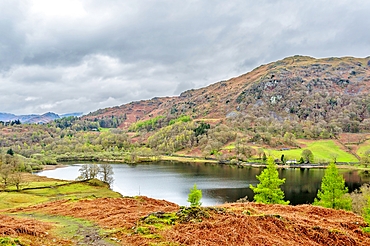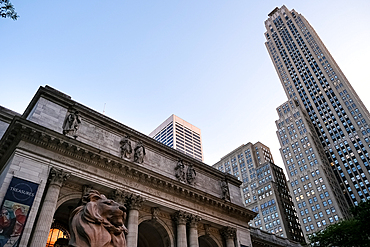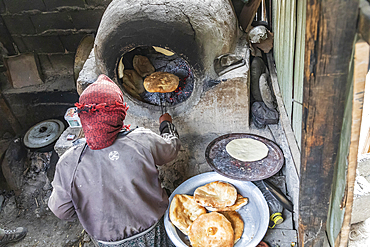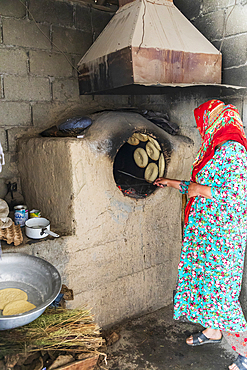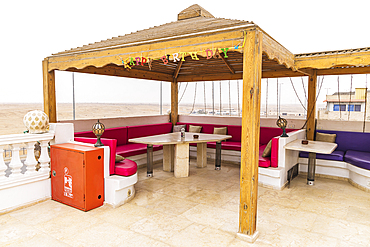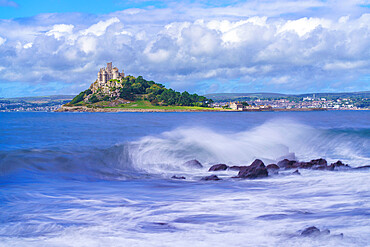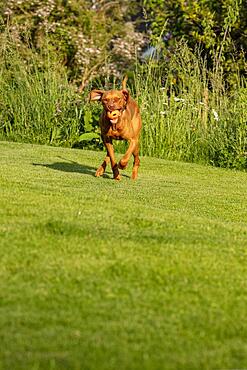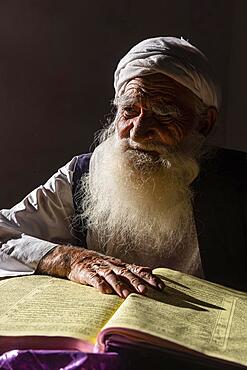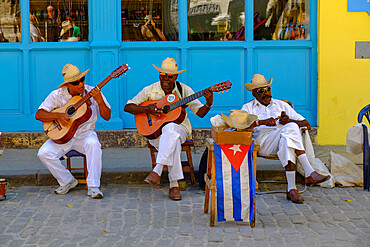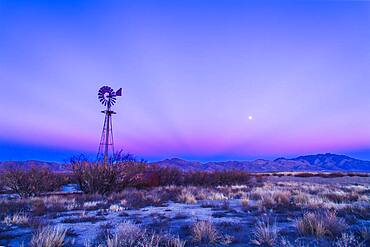Recent searches
Loading...
1386-15 - George Town, Malaysia - January 10, 2024: View of George Town Dispensary building in George Town, Penang, Malaysia.
1381-15 - Image of athyrium esculentum, vegetable fern also known as fiddleheads fern and in indian subcontinent it is known locally lingri,lungdu,lingad,kasrod and limbra used as vegetable and for pickle
1384-15 - People climbing El Torre, The Tower, Ek Balam Mayan ruins, near Vallodoid, Temozón, Yucatán, Mexico
1383-15 - The spotted Hyena - Crocuta crocuta - have immensly strong jaws for breaking bones that they can digest.
1382-15 - Cathedral reflected on a block of marble, Vilnius, Lithuania, Europe
1379-15 - Sunset and Sand Ripples at Watergate Bay, Cornwall
1378-15 - View of the Nuruosmaniye Mosque illuminated by rays against the background of clouds, Istanbul, Turkey
1363-15 - Reaching Out, Polar bear on the Arctic ice shelf
1376-15 - Sunset view from Walney Island across the Irish Dea towards the distant Walney Offshore Wind Farm, Cumbrian Coast, Cumbria, England, United Kingdom, Europe
1358-291 - Rydal Water, 2 km long and over 15 metres deep, Lake District National Park, UNESCO World Heritage Site, Cumbria, England, United Kingdom, Europe
1358-290 - Rydal Water, 2 km long and over 15 metres deep, Lake District National Park, UNESCO World Heritage Site, Cumbria, England, United Kingdom, Europe
1373-15 - Architectural detail of the New York Public Library (NYPL), second largest in the USA and fourth largest in the world, New York City, United States of America, North America
1372-15 - Chapel of Crampiolo, Piedmont, Northern Italy, Europe
1352-113 - Tollesbury lightship (Lightvessel 15), in the Tollesbury Wick Nature Reserve, near Maldon, Essex, England, United Kingdom, Europe
1352-105 - Tollesbury lightship (Lightvessel 15), in the Tollesbury Wick Nature Reserve, near Maldon, Essex, England, United Kingdom, Europe
832-402179 - Venice Beach, California, United States, March 15 2022: Two californian lifeguard towers at sunset, North America
1370-15 - Wide view of the ancient cave city of Matera at sunset, Matera, Basilicata, Italy, Europe
1369-15 - Aerial view of Sestri Levante and its Baia del Silenzio at sunset, Genova, Liguria, Italy, Europe
860-291465 - Flowering hemp in a field for CBD (cannabidiol) production 15 days before harvest, Montagny, France
860-291463 - Hemp field for CBD (cannabidiol) production 15 days before the harvest of the hemp heads, Montagny, France.
1178-44114 - Teenage girl (14-15) performing on aerial silk
1178-44113 - Teenage aerialist (14-15) practicing on gymnastics hoop
1366-1116 - Europe, Portugal, Obidos. April 15, 2022. Typical ceramic tiles with shop name, 'The Arches Shop.'.
1366-1117 - Europe, Portugal, Obidos. April 15, 2015. Good Friday procession in Obidos.
832-398364 - Tour 15 min in Valle de la Luna, Moon Valley formed by erosion, also Killa Qhichwa, La Paz, Bolivia, South America
1366-720 - Iskanderkul, Sughd Province, Tajikistan. August 15, 2021. Boat with the Tajik flag on Iskanderkul Lake. Editorial Use Only
1366-716 - Margib, Sughd Province, Tajikistan. August 15, 2021. Baking flat bread in a traditional wood fired oven. Editorial Use Only
1366-719 - Iskanderkul, Sughd Province, Tajikistan. August 15, 2021. Boat with the Tajik flag on Iskanderkul Lake. Editorial Use Only
1366-715 - Margib, Sughd Province, Tajikistan. August 15, 2021. Girl in traditional dress in a mountain village. Editorial Use Only
1366-712 - Margib, Sughd Province, Tajikistan. August 15, 2021. Children on a platform bed in a mountain village. Editorial Use Only
1366-710 - Margib, Sughd Province, Tajikistan. August 15, 2021. Baking flat bread in a wood fired oven. Editorial Use Only
1350-6678 - Strawberry Poison Frog (Dendrobates pumilio), adult, Bastimentos National Park, Bocas del Toro, Panama. The strawberry poison frog or strawberry poison-dart frog (Oophaga pumilio or Dendrobates pumilio) is a species of small amphibian poison dart frog found in Central America. It is common throughout its range, which extends from eastern central Nicaragua through Costa Rica and northwestern Panama. The species is often found in humid lowlands and premontane forest, but large populations are also found in disturbed areas such as plantations. The strawberry poison frog is perhaps most famous for its widespread variation in coloration, comprising approximately 15���30 color morphs, most of which are presumed to be true-breeding. O. pumilio, while not the most poisonous of the dendrobatids, is the most toxic member of its genus. The species is most diverse in Panama with varieties in vivid shades of all red, orange, blue, yellow or green, green and yellow, white with red, orange or black and spotted varieties. The most colorful mix is found in Isla Bastimentos Marine National Park though not all in one place. Colors vary by location. A beach on the north side of the island is named after the species. Two of Southern Explorations' Panama tours visit red frog habitat. Both the eight-day Panama Adventure trip and eleven-day Panama Highlights trip spend time in Isla Bastimentos Marine National Park and the former also goes to Red Frog Beach.
The red frog is not as poisonous as some of its cousins and is not a threat to humans. It subsists on a diet of ants that dine on poisonous plants, providing the red frog its protective skin toxin. Males attract females with a loud quick chirp. To hear the distinctive sound before you depart on your Panama tours, go to the University of Michigan Museum's biodiversity website (www.animaldiversity.ummz.umich.edu.) After birth, the tadpoles climb aboard the mother who deposits them in different protected areas where she retu
1366-15 - Giza, Cairo, Egypt. February 16, 2022. Outside seating at a fast food restaurant in Giza, Egypt.
1367-15 - The most famous mountain in southern Iceland, Vestrahorn, during a beautiful sunset at the end of summer, Iceland, Polar Regions
1365-15 - Grey Glacier, Torres del Paine National Park, Patagonia, Chile, South America
1178-43877 - Girls (10-11, 12-13, 14-15) walking on stepping stones in lake at sunrise
1178-43876 - Sisters (12-13, 14-15) walking on stepping stones in lake at sunrise
1362-15 - St. Michaels Mount, Cornwall, England, United Kingdom, Europe
1178-43792 - Portrait of family with children (2-3, 8-9, 14-15)
1359-15 - Residential buildings along Pegnitz River seen from Henkersteg bridge, Nuremberg, Bavaria, Germany, Europe
1361-15 - A tourist takes picture with a smartphone from the pier of Torshavn harbour, Streymoy island, Faroe islands, Denmark, Europe
832-397164 - Young Vizsla male, 15 months, in the garden, Solothurn, Switzerland, Europe
832-397161 - Young Vizsla male, 15 months, in the garden, Solothurn, Switzerland, Europe
1231-15 - The Sassi di Matera, ancient historical city of Matera, UNESCO World Heritage Site, Matera, Basilicata, Italy, Europe
1360-15 - Perspective of the Doge's Palace, Piazzetta San Marco, Venice, Veneto, Italy
1358-15 - The Dutch flag flying from a houseboat on the Prinsengracht canal, Amsterdam, North Holland, The Netherlands, Europe
1357-15 - Young couple on romantic walk, United Kingdom, Europe
1178-42598 - Girl (14-15) embracing English Cream Golden Retriever on sofa
832-394961 - Signpost, Distance to Africa 15 km, Kite kites on the horizon, Tarifa, Cadiz, Andalucia, Spain, Europe
1353-15 - Exterior of Marrakesh Menara Airport, Marrakesh, Marrakesh Safi region, Morocco, North Africa, Africa
832-394283 - Sufi priest studying the holy Quran in the Shrine of Mawlana Abdur Rahman Jami, Herat's greatest 15th century poet, Herat, Afghanistan, Asia
832-394284 - Sufi priest studying the holy Quran in the Shrine of Mawlana Abdur Rahman Jami, Herat's greatest 15th century poet, Herat, Afghanistan, Asia
832-394285 - Sufi priest studying the holy Quran in the Shrine of Mawlana Abdur Rahman Jami, Herat's greatest 15th century poet, Herat, Afghanistan, Asia
832-394286 - Sufi priest studying the holy Quran in the Shrine of Mawlana Abdur Rahman Jami, Herat's greatest 15th century poet, Herat, Afghanistan, Asia
1348-5441 - Color satellite image of Chennai, India. Image collected on June 15, 2019 by Sentinel-2 satellites.
1348-3439 - Colour satellite image of Phnom Penh, Cambodia. This image was taken on January 15, 2015 by Landsat 8 satellite.
1348-3099 - Color satellite image of Wuhan, China. The Yangtze river runs through the city. Image collected on April 15, 2017 by Sentinel-2 satellites.
1348-3073 - Color satellite image of Detroit, Michigan, United States. Image collected on May 15, 2017 by Sentinel-2 satellites.
832-393282 - Marrakech, Morocco, January 15, 2020:Colorful architecture in beautiful Majorelle Garden established by Yves Saint Laurent, Africa
832-393283 - Marrakech, Morocco, January 15, 2020:Beautiful fountain in Majorelle Garden established by Yves Saint Laurent, Africa
1352-15 - Hermitage Pavilion as seen through the Hermitage alley, Catherine Park, Pushkin (Tsarskoye Selo), near St. Petersburg, Russia, Europe
860-289959 - Red atlantic ref lobster (Enoplometopus antillensis). Carapace about 15 cm long with circular patterns on each side of the head. It lives in dimly lit environments dome crevices, hollows and caves. Marine invertebrates of the Canary Islands, Tenerife.
860-290191 - Ahu Tongariki, 15 Moai upright. Rapa Nui, Easter Island, Chile
1351-15 - The Two Towers in Bologna at sunset being painted red by the sun, Bologna, Emilia Romagna, Italy, Europe
1339-15 - Street performers entertain the passers by, Havana, Cuba, West Indies, Central America
832-392645 - Relief Jesus on the Mount of Olives 15th century, at St Marienkirche, Sulzbach-Rosenberg, Upper Palatinate Bavaria, Germany, Europe
832-392120 - Marrakech, Morocco, January 15, 2020: Gazebo in beautiful Majorelle Garden established by Yves Saint Laurent in Marrakech, Morocco, Africa
1349-749 - Earthquake ground displacement, Italy, August 2016
1350-1185 - Sahar at left and Houriye at right, both 15 years old, Girls picking chards harvest, day laborers, child labour, syrian refugees, in Bar Elias, Bekaa Valley, Lebanon
1350-1189 - At right Khaled 13 years old. At left his brother Ibrahim 15 years old, picking cucumbers harvest, day laborers, child labour, syrian refugees, Arsal, Bekaa Valley, Lebanon
1350-2 - April 17/18, 2001 aurora, taken from home in Alberta. looking south. Part of a series taken looking same direction as substorm hit and subsided, from Image #2 to #15, on Roll #1. (Roll #2 was second camera shooting Provia 100F with 28mm lens and 18mm lens.) All images in this series (#1-02 thru 15) processed in Photoshop with nearly identical enhancements to contrast and colour. Brightness toned down for longer overexposed shots (early ones).
1350-55 - A composite of the November 11, 2019 Transit of Mercury across the disk of the Sun, on a day with no sunspots on the Sun. The temperature was about -20�8 C to -15�8 C this morning but the sky was perfectly clear.
1350-58 - This is the nebula rich region in the constellation of Monoceros the Unicorn with the dark Cone Nebula (left of centre) and the small V-shaped and bright Hubble's Variable Nebula at bottom, a reflection nebula that varies in form and brightness. Above the Cone Nebula is the triangular Christmas Tree Cluster, NGC 2264, here upside down as the bright blue star 15 Mon is the base of the tree. The large region of nebulosity is Sharpless 2-273. The V-shaped dark nebula above centre is LDN 1603.
1350-1186 - Sahar at right and Houriye at left, both 15 years old, Girls picking chards harvest, day laborers, child labour, syrian refugees, in Bar Elias, Bekaa Valley, Lebanon
1350-15 - Comet Hartley 2 near the Pacman Nebula, NGC 281, in Cassiopeia. Stack of 4 x 6 minute exposures at ISO 1600 with Canon 5D MkII on A&M 105mm apo refractor at f/4.8 with Borg reducer/flattener. Bright star is Alpha Cas, Schedar. Autoguided with Celestron NexGuide autoguider. However, image of comet core is from only one exposure to minimize trailing from this fast-moving comet.
1350-115 - Comet NEOWISE (C/2020 F3) over some of the eroded hoodoo formations at Dinosaur Provincial Park, Alberta, July 14-15, 2020. A faint aurora is at right. The foreground is lit by starlight only; there was no light painting employed here.
1350-26 - Sunset twilight colours and the waxing gibbous Moon over the Chiricahua Mountains in southeast Arizona, south of Willcox. Taken December 15, 2013 on Highway 186. Taken with the 24mm lens and Canon 5D MkII. Some dark crepuscular rays are visible converging to the anti-solar point.
1350-73 - Exiting the narrow Trollfjord by searchlight and under moonlight, on the northbound voyage of the Hurtigruten ferry ship the ms Trollfjord, on October 15, 2019. Capella is at top; Betelgeuse and Orion are rising at centre at the mouth of the fjord; Aldebaran is partly in cloud left of the Moon.
1350-49 - The large emission nebula IC 1805 in Cassiopeia, aka the Heart Nebula. The round nebula at top right is NGC 896. The large loose star cluster at centre is Mel 15; the star cluster at left is NGC 1027. The small cluster below NGC 896 is Tombaugh 4.
1350-20 - M31 Andromeda Galaxy, with TMB 92mm apo refractor and Borg 0.85x reducer/flattener for f/4.8 and Canon 20Da camera at ISO400 for 2 x 15 minute exposures. North is at bottom, south at top (better balance with this framing)
860-289126 - Realization of willow water for cutting. The willow bark extract in water acts as a cuttings hormone.









